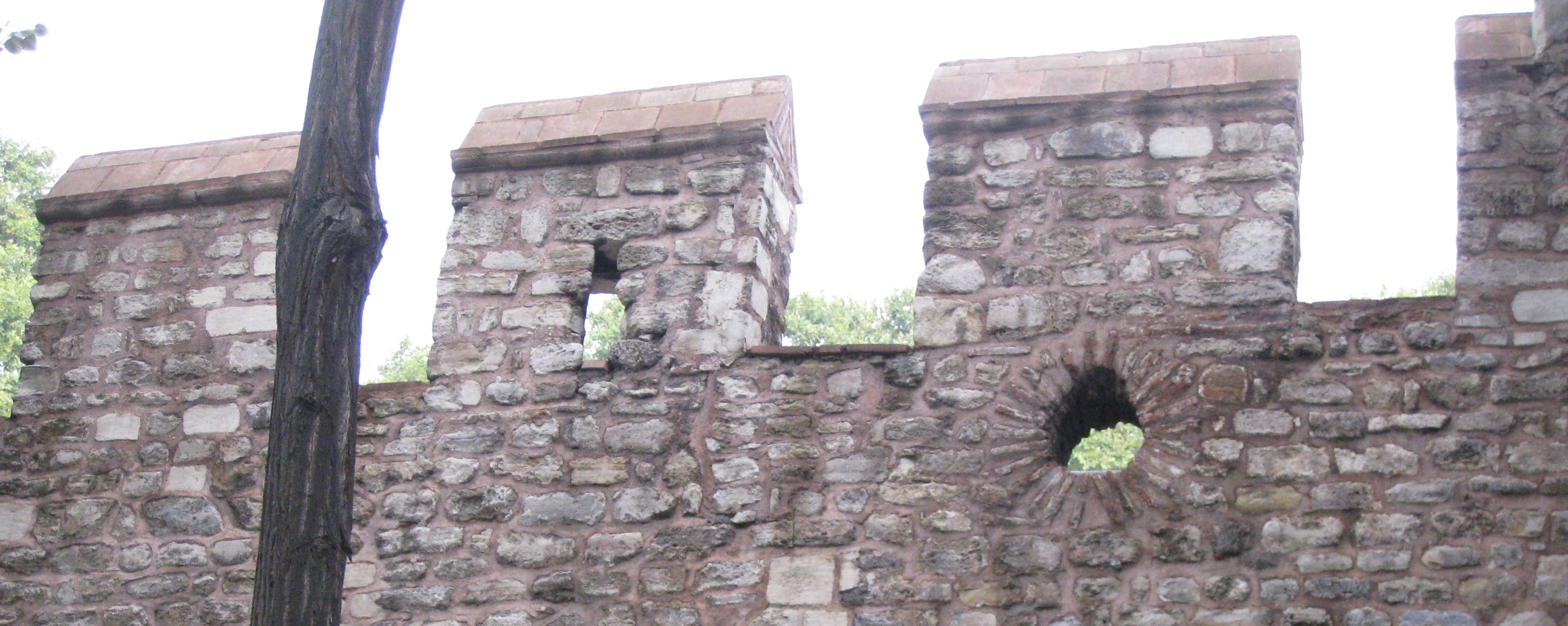Introduction: Out of the Background
Walter Benjamin argued that architecture is experienced in a state of distraction, because we concentrate not on the architecture but on the goals and activities we pursue within it. Architecture tends to sink into the background, a landscape behind the tasks and daily rituals and social norms that are the hour-by-hour of living.
Architecture has always represented the prototype of a work of art the reception of which is consummated by a collectivity in a state of distraction. . . . Architecture [is] appropriated in a twofold manner: by use and by perception, or rather, by touch and sight. Such appropriation cannot be understood in terms of the attentive concentration of a tourist before a famous building . . . [Buildings are appropriated] not so much by attention as by habit. (1)
Patrons at a restaurant in Kyoto, taking the architecture for granted. (Photo by John Strong)
Arakawa and Gins's architecture does not want to stay in the background; it fights to be noticed, because their aim is to increase and make more precise our self-conscious bodily inhabitation of space in daily life. But Arakawa and Gins may well be trapped by their modernist ambitions for total reconstruction, which can keep their work from influencing people's daily lives. This essay explores that trap, their confinement in the Museum.
